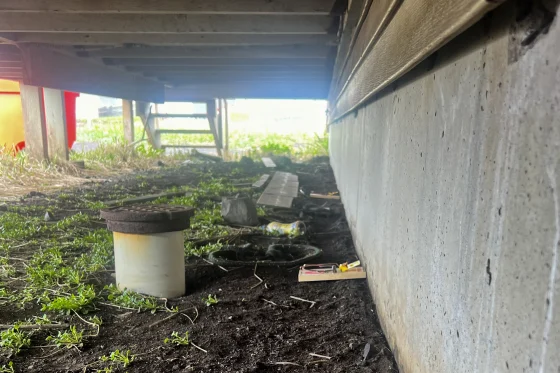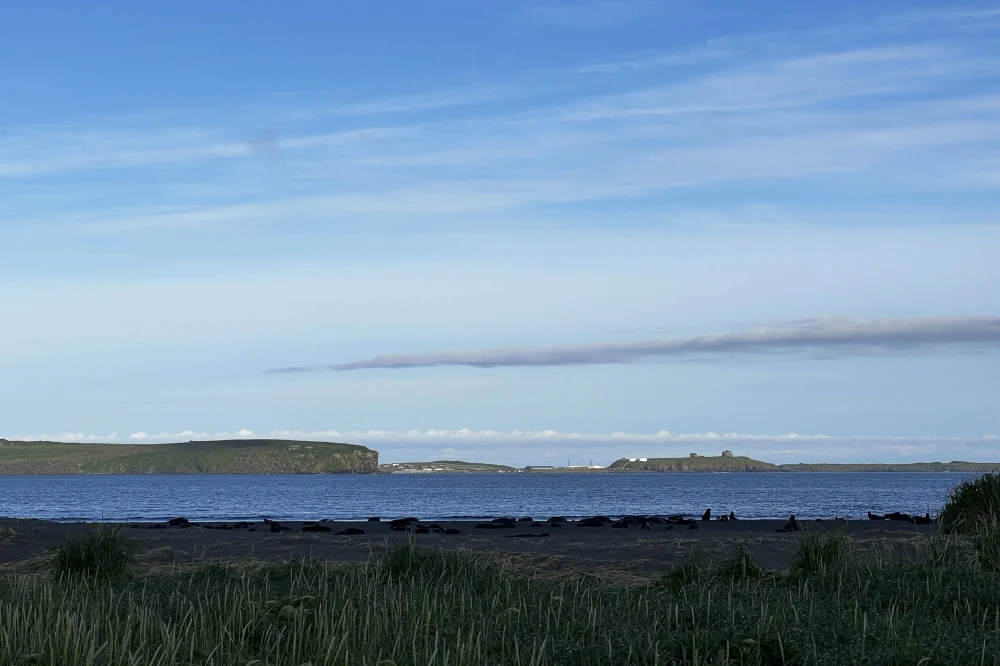The Rat Sighting That Stirred St. Paul Island
A reported rat sighting on St. Paul Island, part of Alaska’s Pribilof Islands, has raised alarms among residents and wildlife officials alike. Known for its rich biodiversity, this remote island—sometimes referred to as the “Galapagos of the North”—is particularly vulnerable to invasive species like rats.
The Concern for Wildlife
The sighting, although unconfirmed, sparked significant concern because rats can devastate bird populations by preying on eggs, chicks, and even adult birds. This threat is especially acute on remote islands where ecosystems are delicate and often dependent on native species.
Immediate Response from Wildlife Officials
In response to the sighting reported in June, wildlife officials quickly mobilized, searching the area for evidence of the rat. They inspected nearby grasses, set up traps baited with peanut butter, and deployed trail cameras. So far, no definitive proof of a rat has been found.
“We know that rats can decimate seabird colonies,” said Lauren Divine, director of the Aleut Community of St. Paul Island’s ecosystem conservation office. “So the threat is never taken lightly.”
A Long-Standing Vigilance

St. Paul Island’s small community, consisting of about 350 people, has long maintained a rodent surveillance program. Traps are placed strategically near the airport and waterfront areas to detect any potential invaders. The last known rat was discovered in 2019, after it managed to evade the community’s defenses for almost a year.
Efforts to Prevent Invasion
To further monitor the situation, officials have installed “chew blocks” designed to capture incisor bites, some made with ultraviolet material to detect glowing droppings under black light. They’ve also requested permission to bring in a detection dog from the U.S. Department of Agriculture, despite dogs typically being banned in the Pribilofs to protect fur seals.
Broader Implications for the Region
The U.S. Fish and Wildlife Service is preparing an environmental review aimed at eradicating non-native rats from four uninhabited islands in the Aleutian chain, which are critical nesting sites for over 10 million seabirds. However, such projects can take years and require extensive planning and funding.
Success Stories from the Aleutians
The eradication efforts have seen success elsewhere, such as on the island formerly known as “Rat Island.” After years of conservation work, the island has returned to its original name, Hawadax, and is now home to thriving seabird populations that had previously been wiped out by invasive species.
The Beauty of Nature in the Pribilofs
The Pribilof Islands are known for their spectacular wildlife, including clouds of auklets that return to their colonies each evening. Donald Lyons, director of conservation science with the National Audubon Society’s Seabird Institute, emphasized the importance of protecting these ecosystems and praised the local community’s commitment to safeguarding their natural heritage.
As the search for the alleged rat continues, the vigilance of St. Paul Island’s residents remains high, driven by a shared goal to protect the island’s unique and diverse wildlife.
